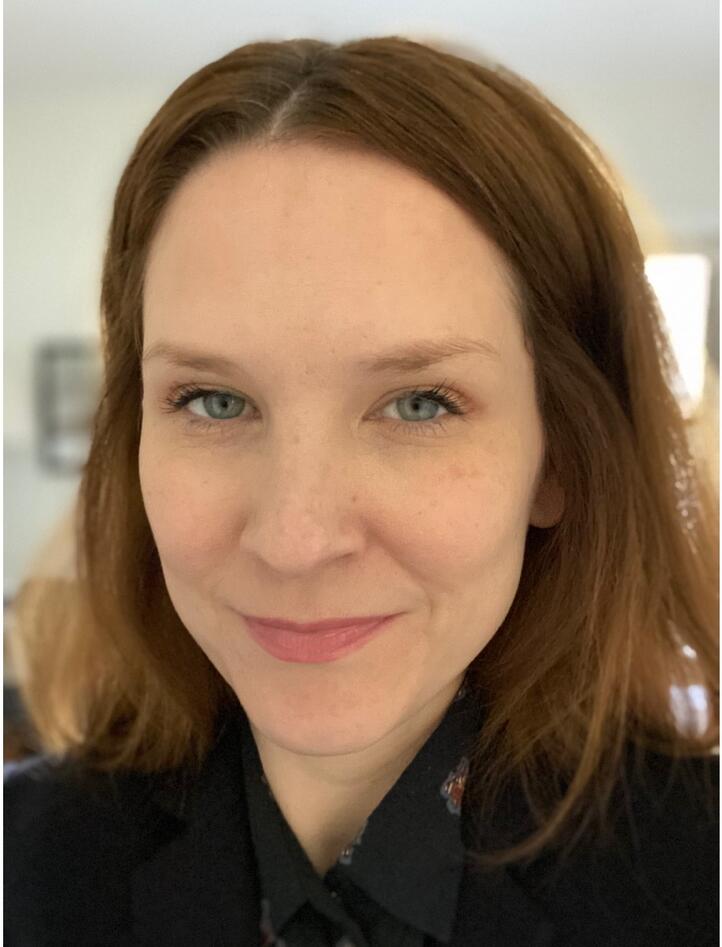UiB Researchers Illuminate the Hazards of Air Pollution
Researchers at UiB are doing comprehensive research on the unequal distributions of air pollution. Young children, people who are already sick, and elderly people are the most affected.

Main content
Did you know that nearly 99 percent of the world’s population doesn’t breathe air that is sufficiently clean?
Associate Professor in the Department of Social Anthropology, Kerry Ryan Chance, is one of many UiB researchers that look at the environment from a social science perspective.
Chance is leading a research project called «The Habitable Air Project», that examines how the urban residents, living in the shadows of jointly-owned petrochemical companies, manage the sociocultural and health effects of chemical air pollution.
Affects Unevenly
«We are looking at climate change from the perspective of unequal distributions of air pollution globally, but particularly in South Africa, the US and Germany,» she says, and explains that even though air pollution is an increasing problem for everyone, it affects vulnerable groups the most.
«Young children, people who are already sick, and elderly people within that larger number of 99 percent. Urban sites tend to be more air polluted, and most of the world is living in urban areas,» Chance says.
«Within a city or town, air pollution tends to affect lower income communities the most. Poor communities tend to be closest to polluting entities. It also affects lower income countries the most,» she says.
Places That Make People Sick
The researchers are all social anthropologists or geographers, and they are working with affiliates in public health and the natural sciences. Their methods are ethnographic participant observation, interviews, archival research and air monitoring. Many of the areas they are looking at are known for their public health issues.
«I do research on the edges of what is known as ‘Cancer Alley’ in Louisiana. The dilemma is in its name,» Chance says.
«Tell me more about that…»
«Residents live in very layered industrial spaces. They tend to have industries clustered all around them, and they tend to have generations of different industries there. It has been established that there has been a higher concentration of cancer and asthma in that area. Scientific studies and court cases in the region establish that some industries there are making people sick. But it is very hard to establish that legally and scientifically. Assigning accountability, responsibility or taking scientific or legal action becomes very complicated,» Chance says.
A Need For Better Monitors
Better technology and better monitoring systems, which crosses borders, is giving people hope that there will be a way of making sure that states are doing their job in adequately enforcing air quality standards, according to Chance.
«In our air monitor pilot we placed various low cost air monitors in the areas that we focused on. Many of the monitors didn’t last the full test period in these highly polluted, petrochemical areas. They clogged up with dust, they broke down, or didn’t give accurate readings. Existing monitoring systems are not adequate. Communities most vulnerable to air pollution should be involved in the design and implementation of low-cost monitors,» Chance says.
Energy Transition and Emissions
So what can be done?
«In order to draw down emissions, there needs to be an energy transition. This is hugely important in addressing community level emissions. It has to be thought about in a broader way that connects the Global North and the Global South, and addresses inequalities,» Chance says, and adds:
«There needs to be an interface between communities, policymakers, the private sector, scientists, and other academics, to really advance solutions to these very pressing environmental and climate energy problems».
